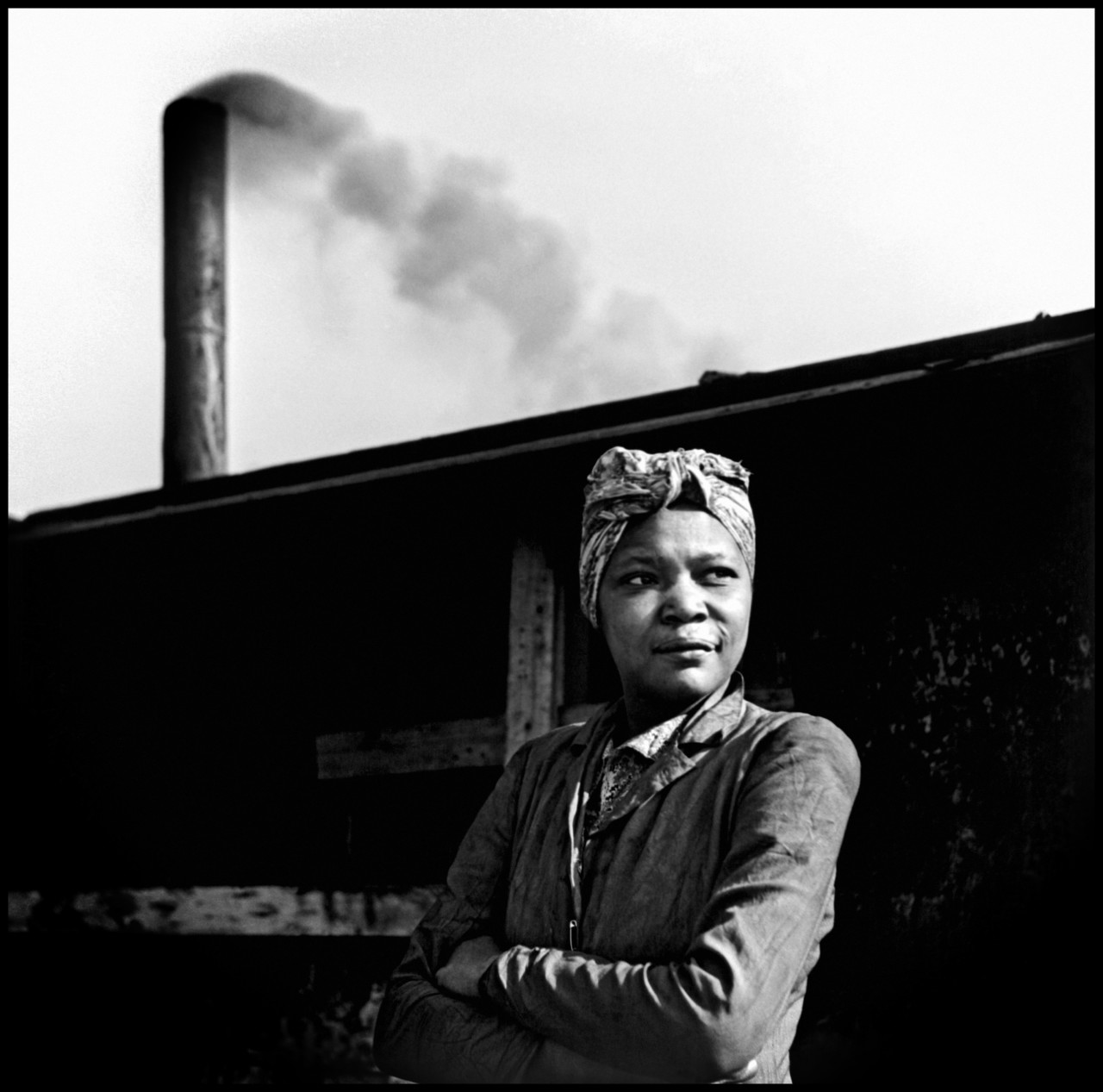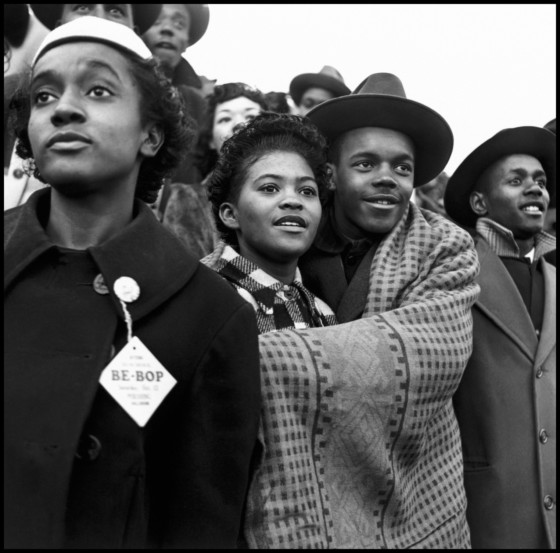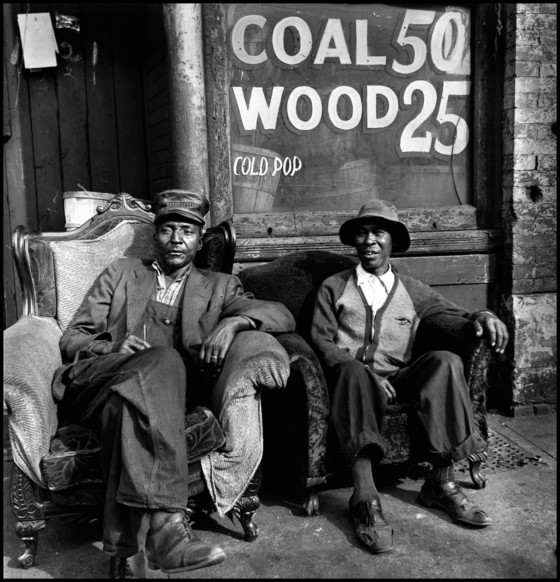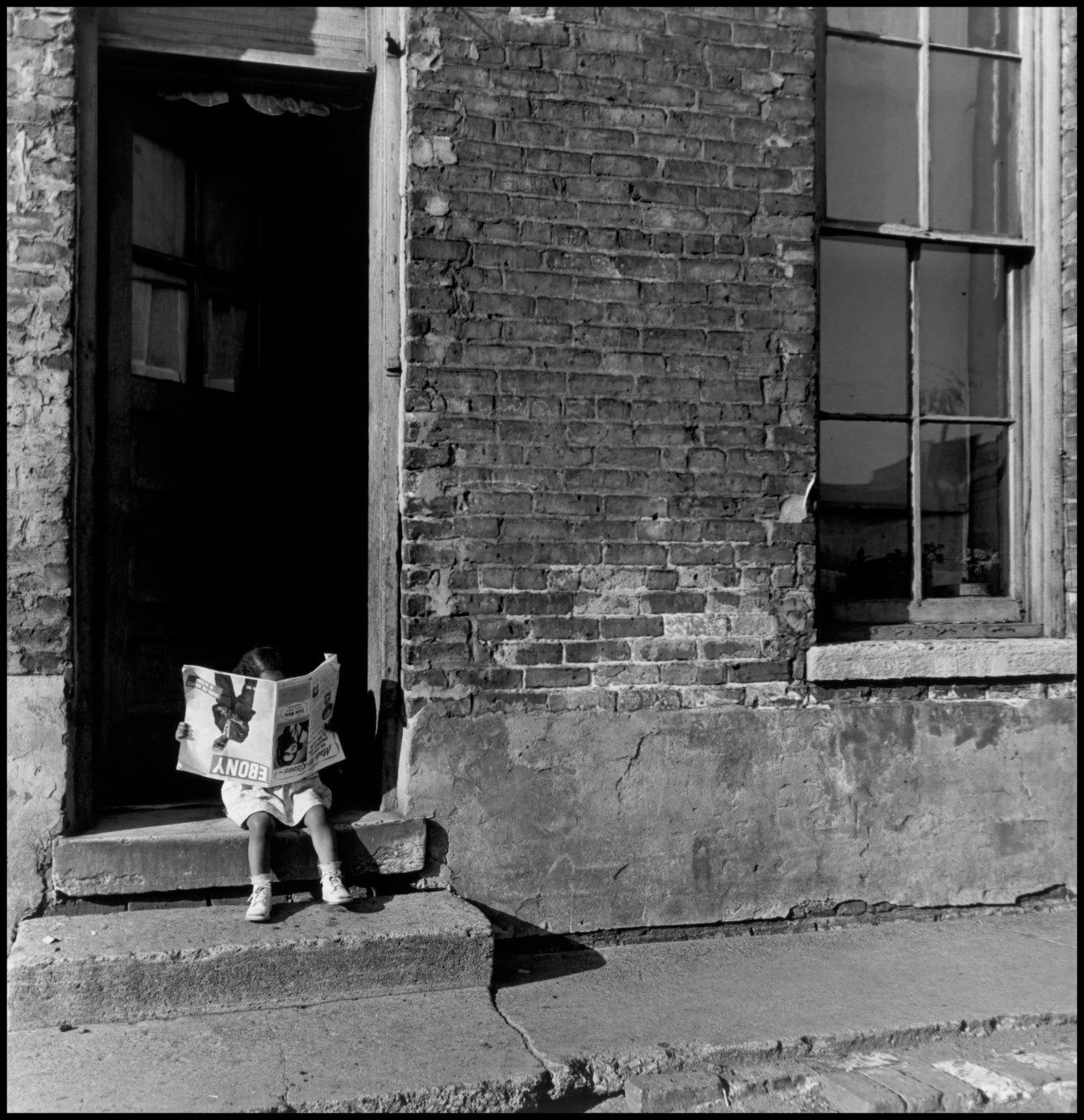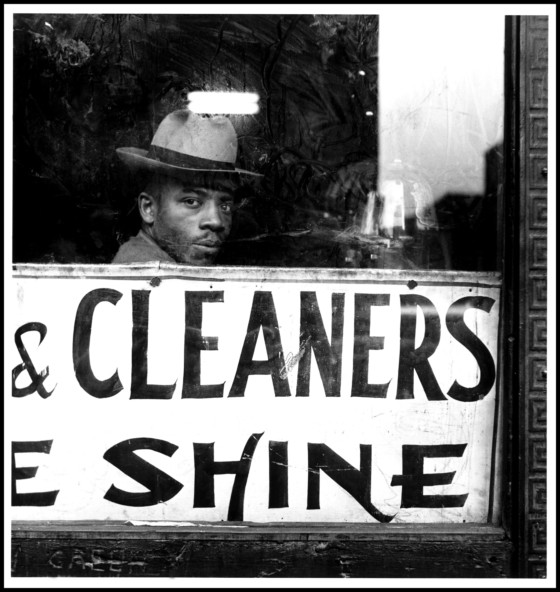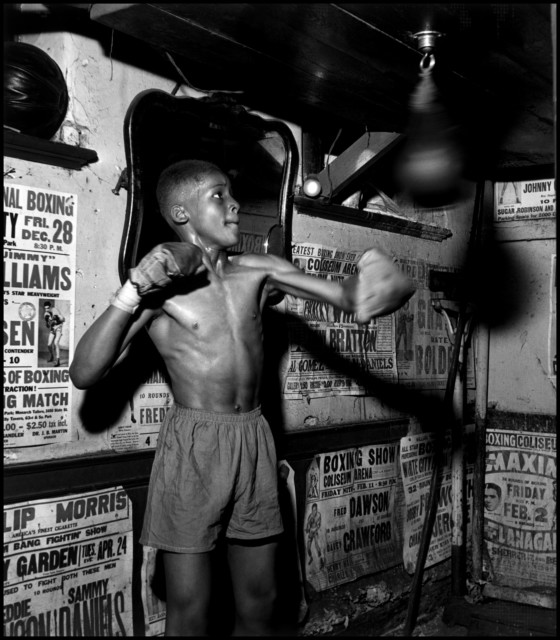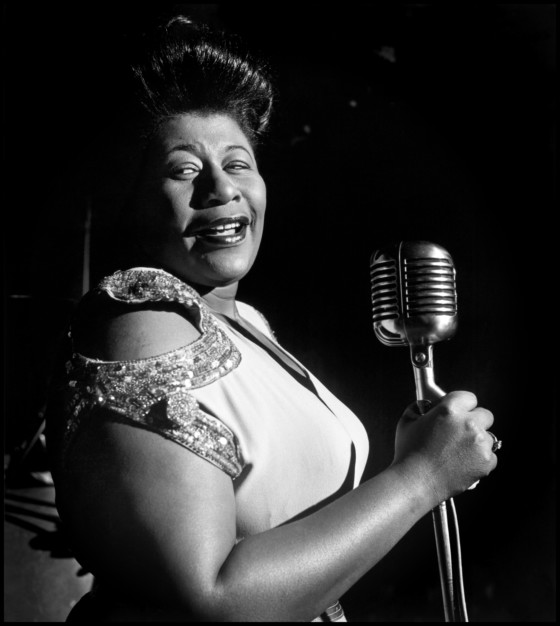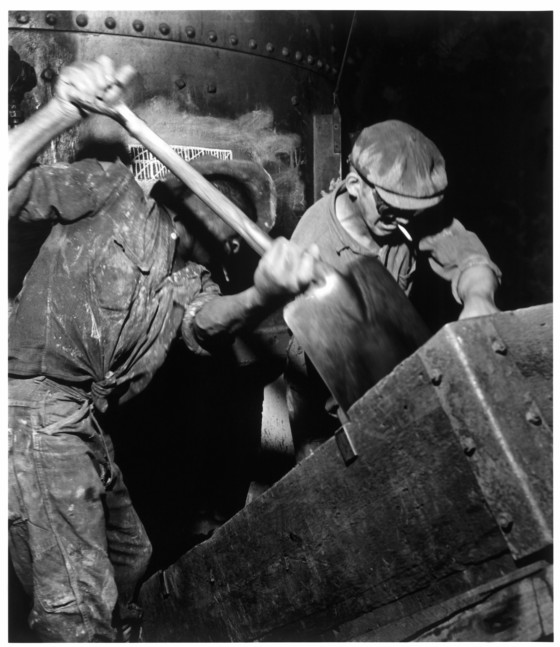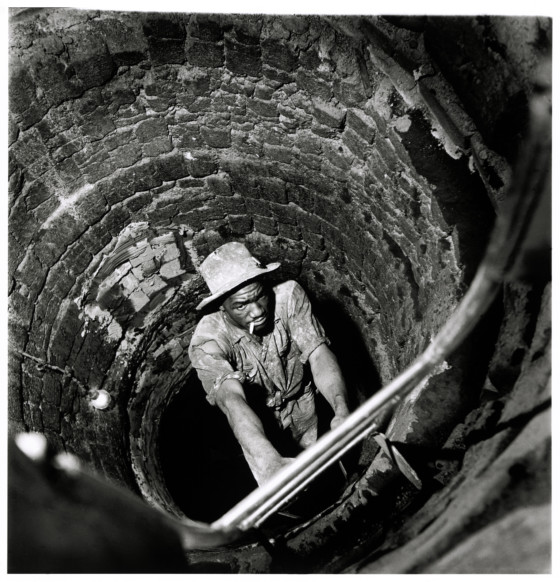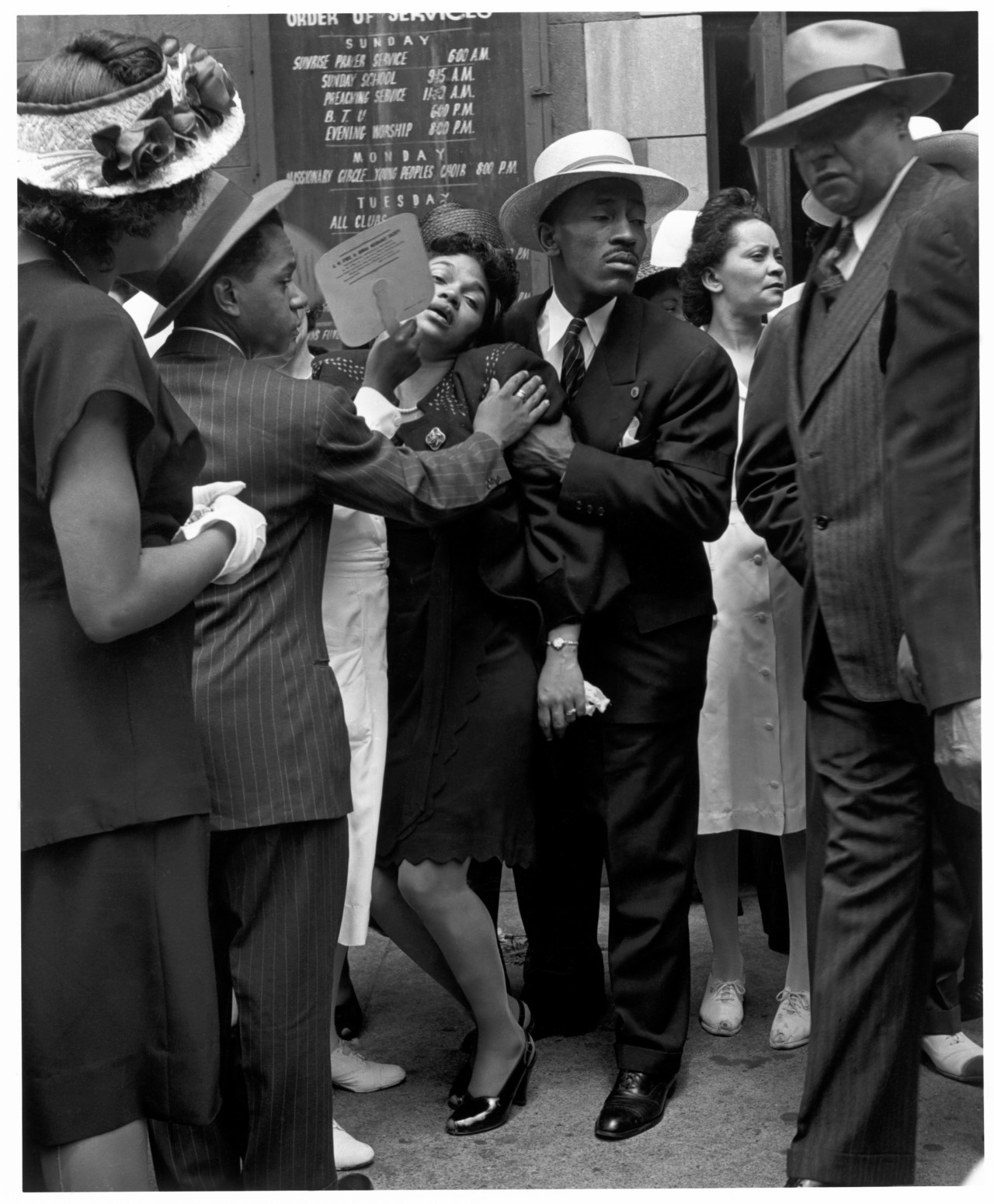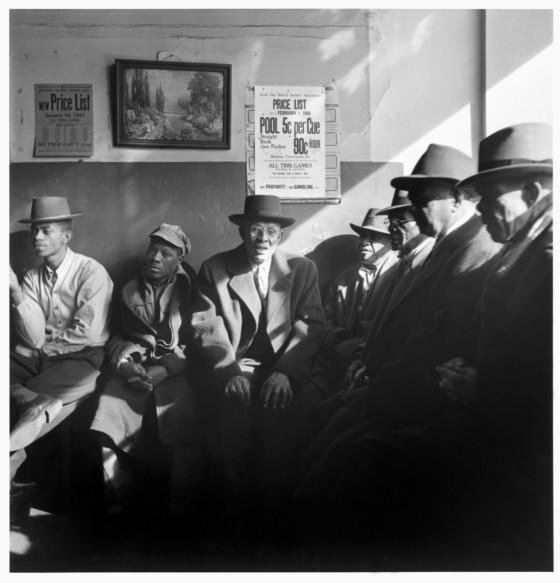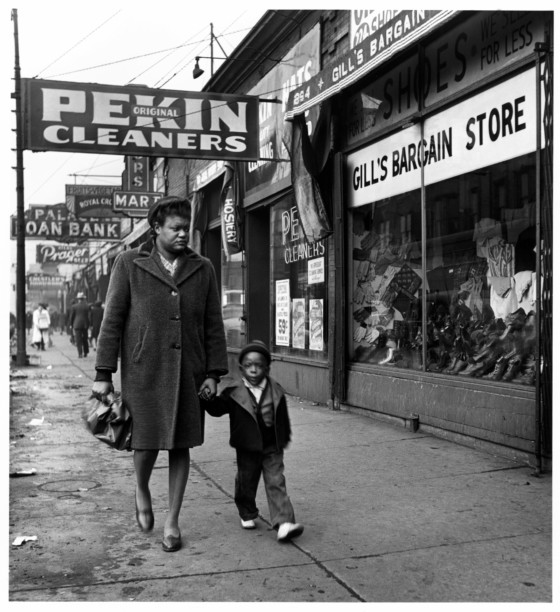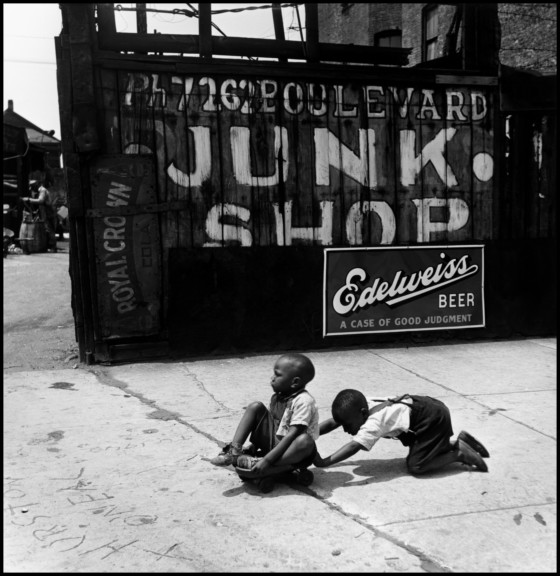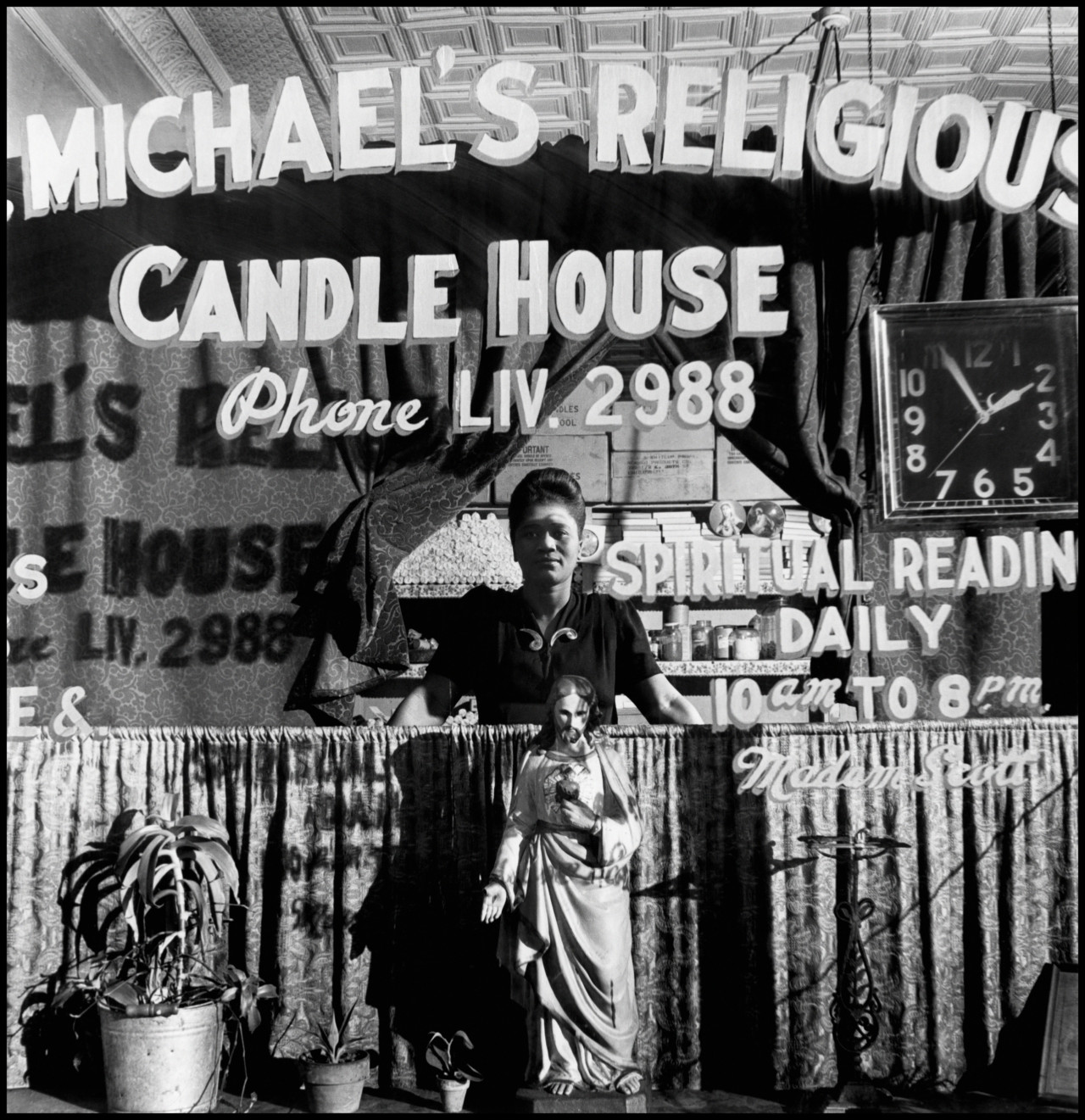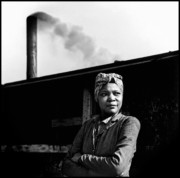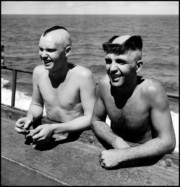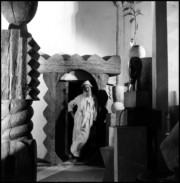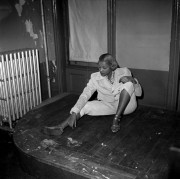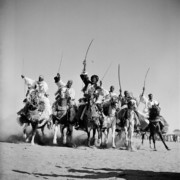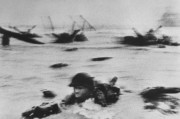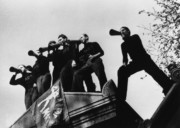Chicago’s South Side
The everyday lives of the African-American community in Chicago’s South Side captured by Wayne Miller in a historic photoessay
“I felt that ignorance had made wars, and if I could use photography to help dispel ignorance, the future might be a little brighter,” wrote Magnum photographer Wayne Miller. On returning from serving as a Navy combat photographer in World War II, Miller embarked on a three year project documenting the South Side of Chicago.
With funding from two consecutive Guggenheim grants, between 1946 and 1948, he set out to capture the a community of thousands of African Americans who had been drawn to jobs in the city during the Great Migration. Chicago’s South Side provides both a historical record of Chicago at the height of its industrial growth and a studied insight into the everyday lives of a society struggling to survive.
"I felt that ignorance had made wars, and if I could use photography to help dispel ignorance, the future might be a little brighter"
- Wayne Miller
The majority of African-Americans migrating to the city settled in what became an overcrowded ghetto known as the ‘Black Belt’. Extending thirty-blocks, between 31st and 55th streets, on the South Side of Chicago, this became a lively community; yet one that was strictly segregated from surrounding white neighborhoods.
Born and raised in Chicago, Miller himself had never been to the district and it was this realization that drew him to the area. “I thought that if I could make photographs there, I might be able to get some insight into it … not as some sort of crusade on my part, but as a way of sharing how they thought, how they lived, how they felt, their viewpoint on the world around them.”
"I thought that if I could make photographs there, I might be able to get some insight into it … not as some sort of crusade on my part, but as a way of sharing how they thought, how they lived, how they felt, their viewpoint on the world around them"
- Wayne Miller
From a repair man climbing down into the depths of a furnace chimney, to workers, covered in soot, shoveling scrap metal at the International Harvester tractor works, Miller takes us to the heart of the booming stockyards, steel mills and factories that had drawn these men and women from the rural South.
The majority of the photographs focus on the quotidian life of the community, from funerals and weddings, to the interiors and exteriors of homes and businesses: the photoessay communicates the vibrant culture of the area, with its bustling Jazz bars and restaurants. The poverty that plagued many of its residents is, however, tangible throughout: one photograph shows men huddled in a pool hall to keep warm, while in another a young family sits in an overcrowded bed-sit.
Chicago’s South Side was not conceived as a photoessay in the traditional sense of the term: it has no clear narrative, nor a definite beginning or end. Miller shot what interested him, motivated by a desire “to know the people that I saw and to try to express how they were feeling about their daily lives and their families.” He applied a similar approach to the individual photographs themselves: less about composition and style, these images are more about a sense of empathy with their subjects. Indeed, Miller was first and foremost a humanist photographer, driven by a personal ethos of photographing mankind in order to “explain man to man”. Chicago’s South Side is a testament to this approach, capturing the essence of a community at an important historical moment.
This story was also published in the book Magnum Stories, published by Phaidon. A very limited number of copies of Magnum Stories are available from the Magnum Shop, signed by Magnum photographers.


